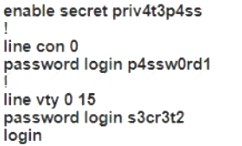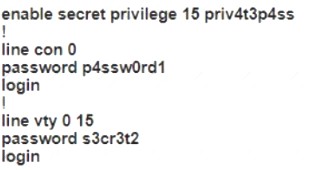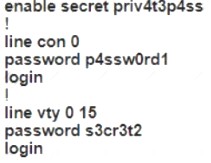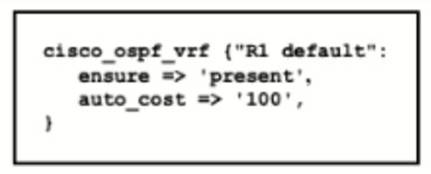- (Topic 4)
How does authentication differ from authorization?
Correct Answer:
A
- (Topic 3)
Refer to the exhibit.
Which configuration allows routers R14 and R86 to form an OSPFv2 adjacency while acting as a central point for exchanging OSPF information between routers?
A)
B)
C)
D)
Correct Answer:
D
- (Topic 1)
Which two capacities of Cisco DNA Center make it more extensible as compared to traditional campus device management? (Choose two)
Correct Answer:
BD
Cisco DNA Center offers 360-degree extensibility through four distinct types of platform capabilities:+ Intent-based APIs leverage the controller and enable business and IT applications to deliver intent to the network and to reap network analytics and insights for IT and business innovation.+ Process adapters, built on integration APIs, allow integration with other IT and network systems to streamline IT operations and processes.+ Domain adapters, built on integration APIs, allow integration with other infrastructure domains such as data center, WAN, and security to deliver a consistent intent-based infrastructure across the entire IT environment.+ SDKs allow management to be extended to third-party vendor’s network devices to offer support for diverse environments.
- (Topic 1)
Refer to the exhibit.
Which type of configuration is represented in the output?
Correct Answer:
D
- (Topic 2)
How do traditional campus device management and Cisco DNA Center device management differ in regards to deployment?
Correct Answer:
A